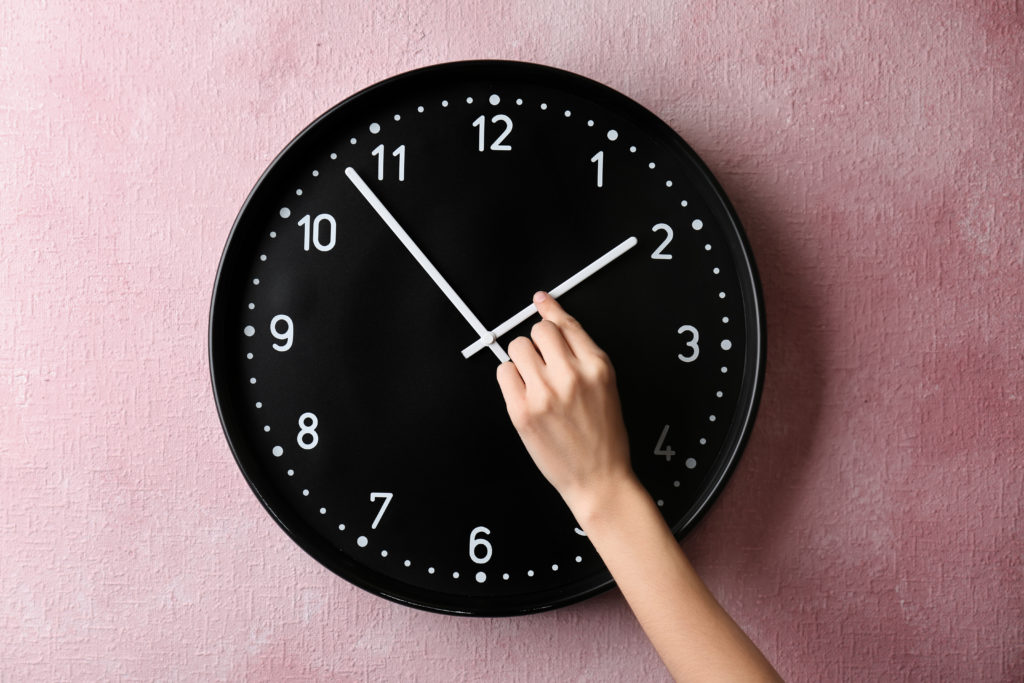
Now that Summer is here and the days are longer, you may be wondering why we have daylight savings time?
When Did Daylight Savings Time Start?
Daylight Savings Time is more than an act of changing the time on our clocks to preserve the sunlight hours we have in our daytime. The idea of keeping our waking hours in line with daylight was first proposed in 1784 by Benjamin Franklin to help preserve the use of candles. At that time the suggestion was made in a letter to the editor of The Journal of Paris to wake up earlier in the summer and help save the amount of candle usage by staying awake with the sun.
Another proposal was made in 1895 by New Zealand entomologist and astronomer George Hudson. In Hudson’s theory he proposed to the Wellington Philosophical Society that clocks should be changed by two hours every spring. However, his theory allowed more daylight hours for collecting and examining insects. And not too long after that, in 1906, William Willett of Great Britain presented the idea as a way of saving energy. But, even then it was not yet put into play.
So, finally, on July 1, 1908 Port Arthur, Ontario, Canada, was the first town to use Daylight Savings Time. Not long after, other parts of Canada followed along, with Regina, Saskatchewan on April 23, 1914, and Winnipeg and Brandon, Manitoba on April 24, 1916.
And that same year the world followed suit, on April 20, 1916, the German Empire and Austria-Hungary both organized nationwide to launch the savings of energy and daylight time. While it may not be needed all around the world, especially in places where sunrise and sunset times don’t vary enough to require it (like parts of Australia and areas close to the Equator), Daylight Savings Time is helpful in many places and cultures.










